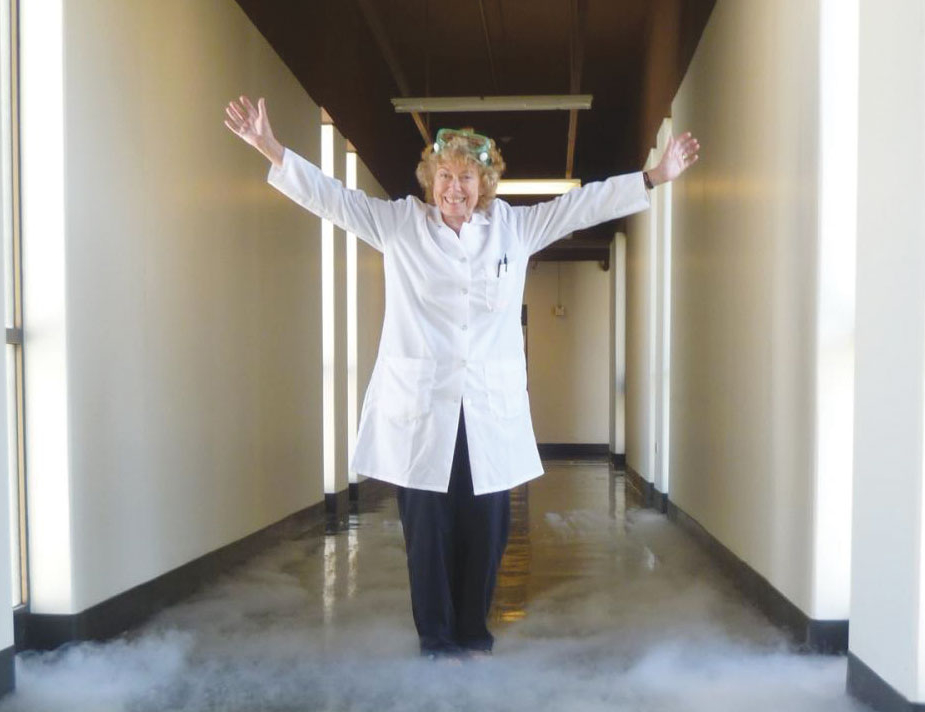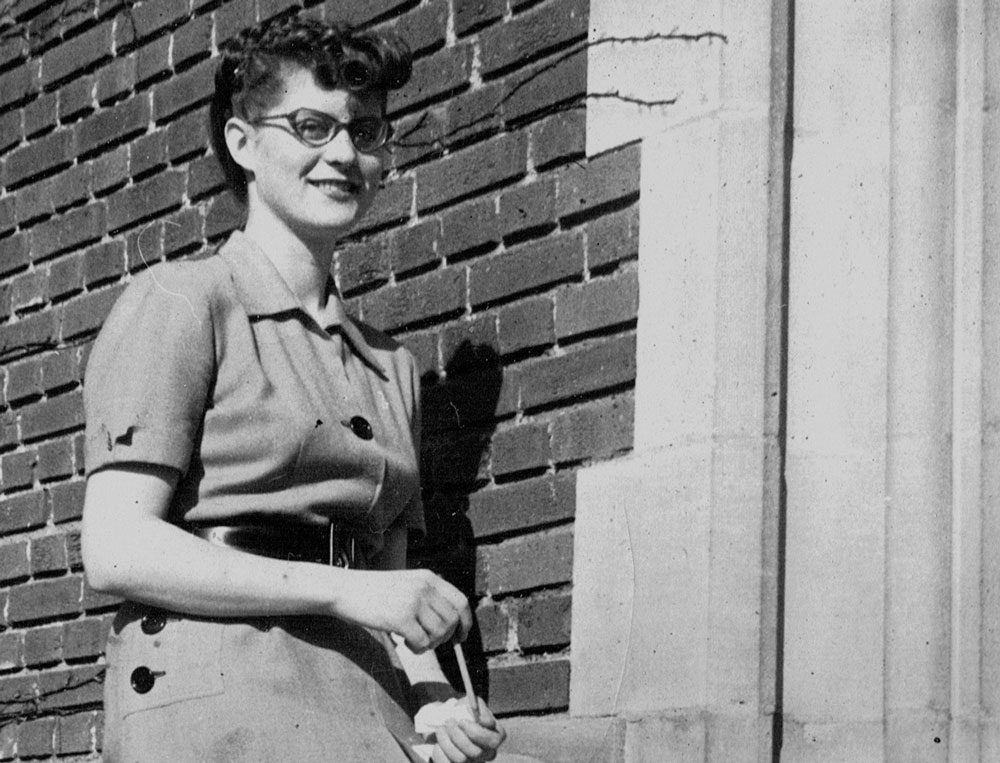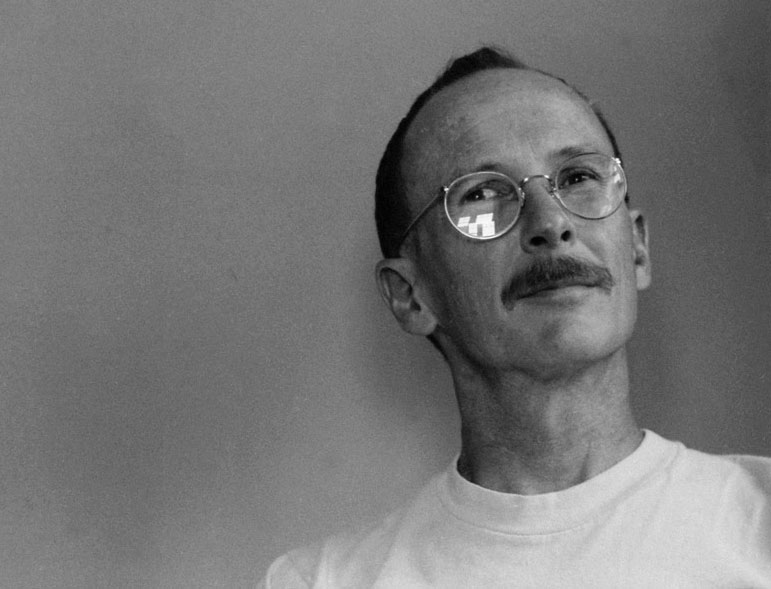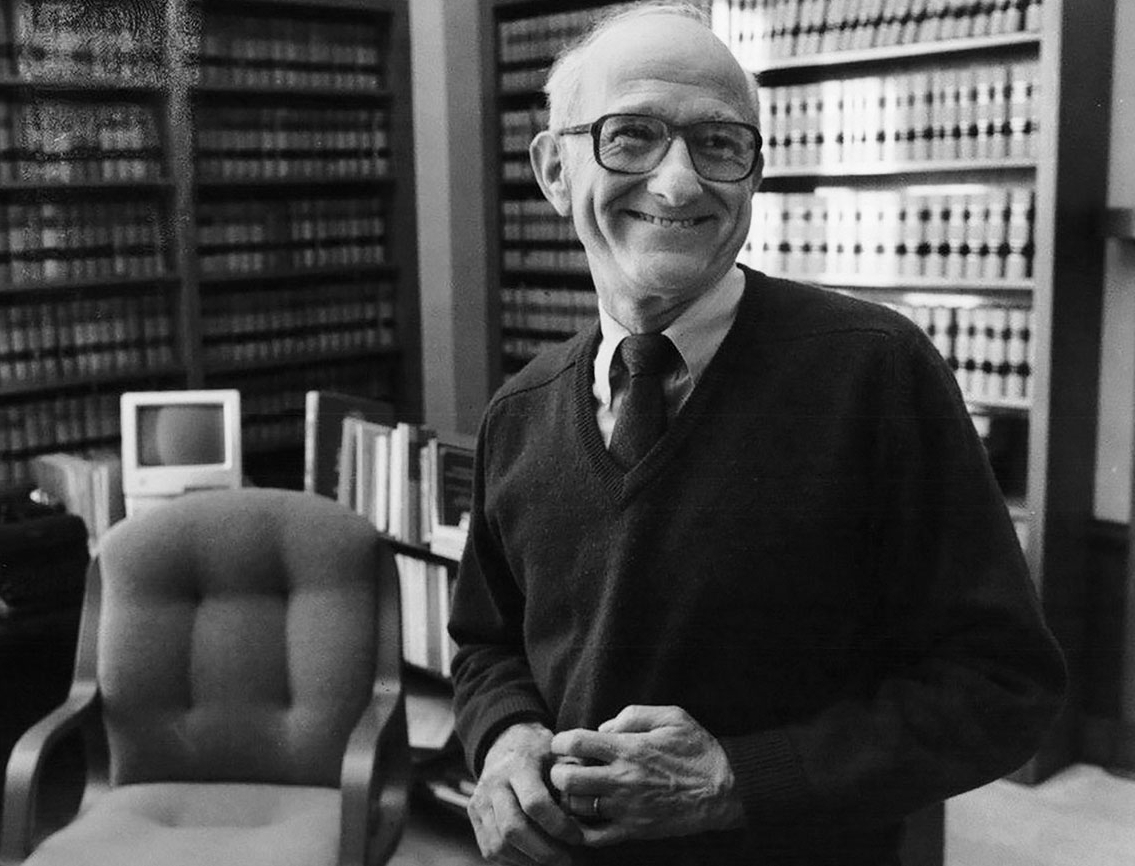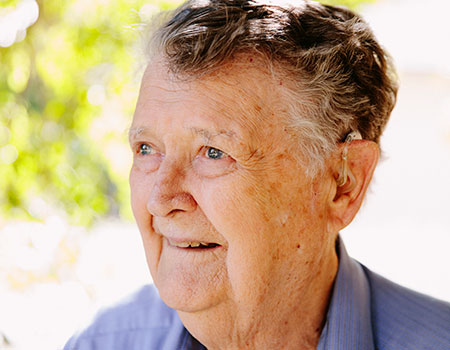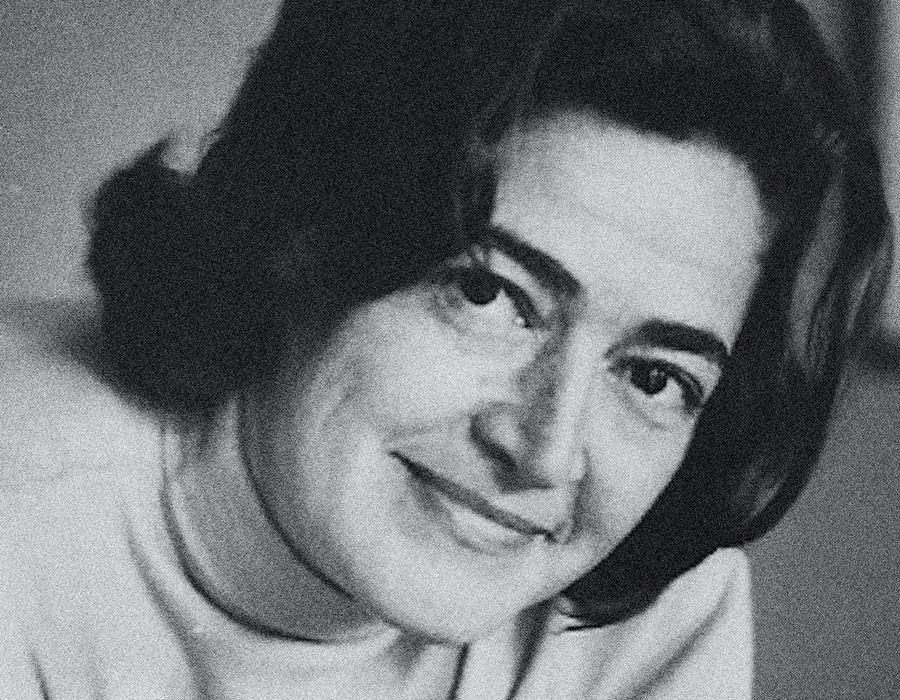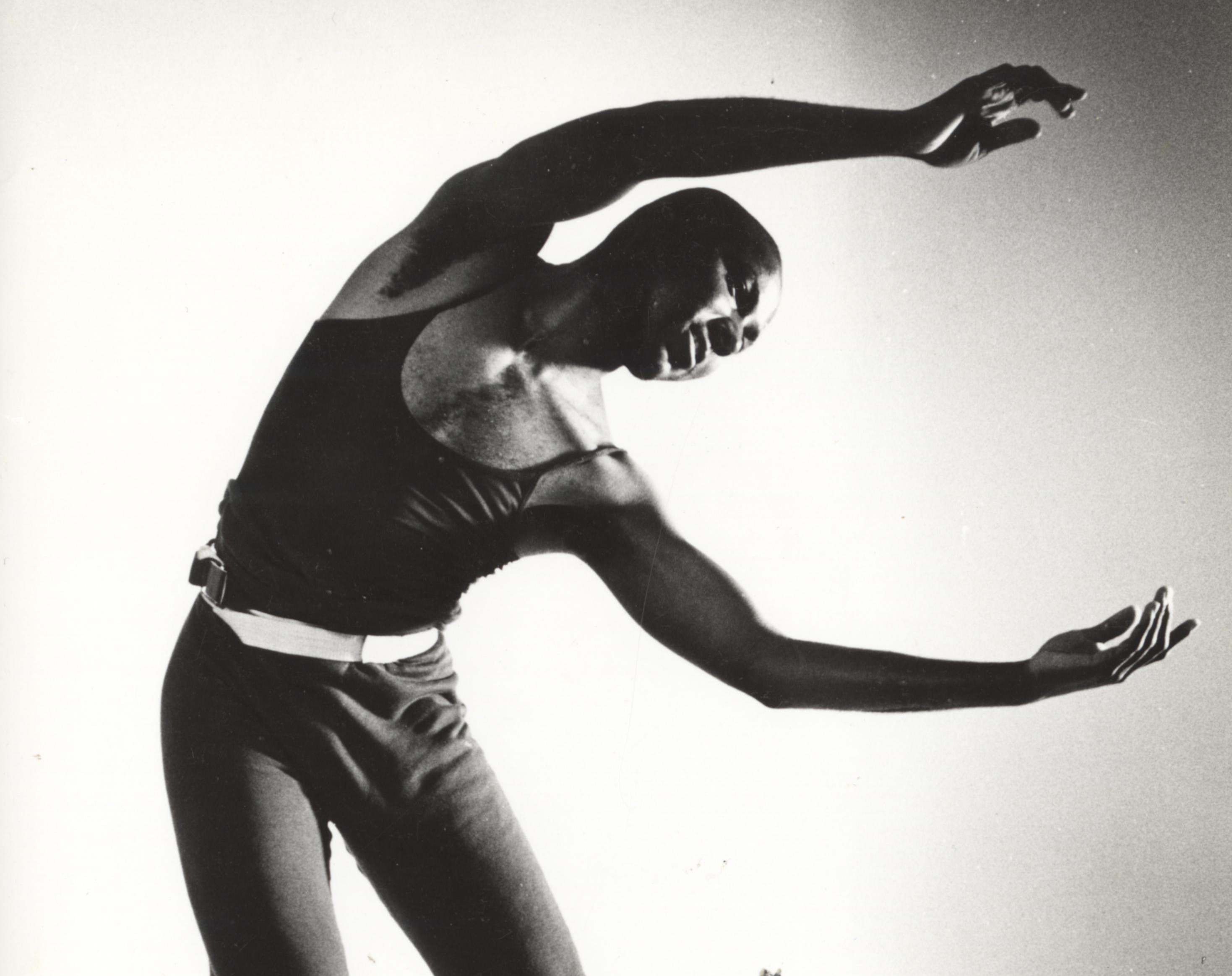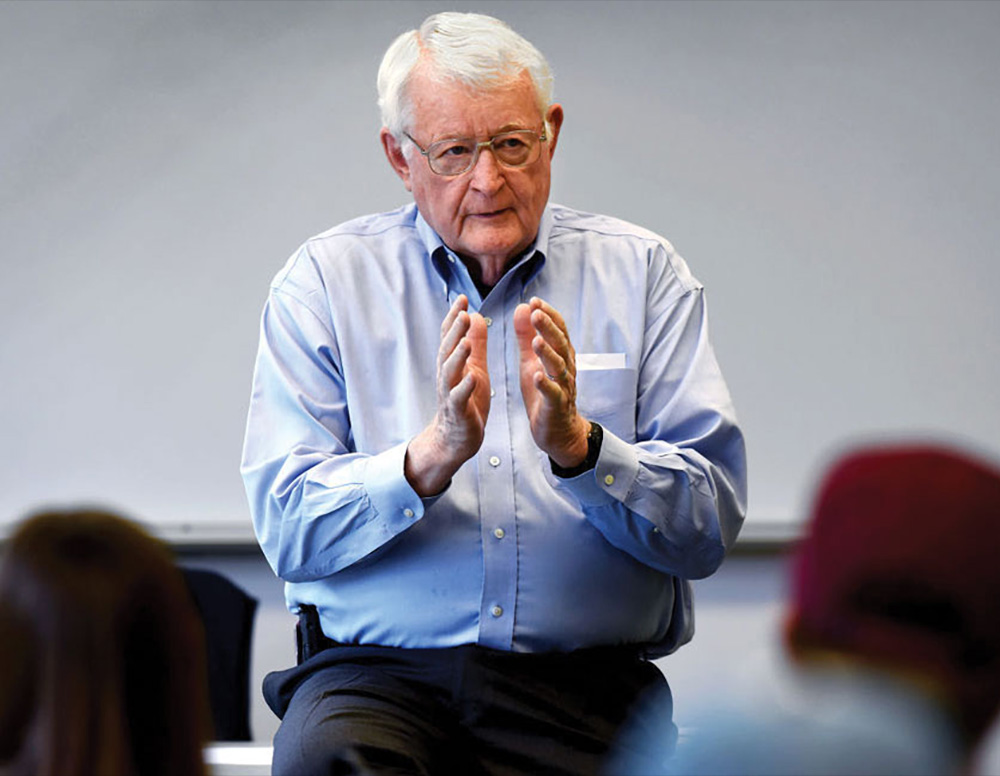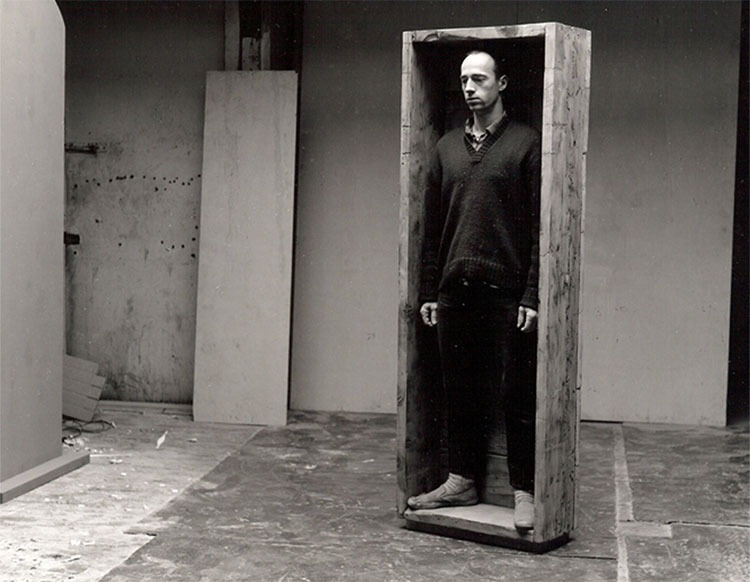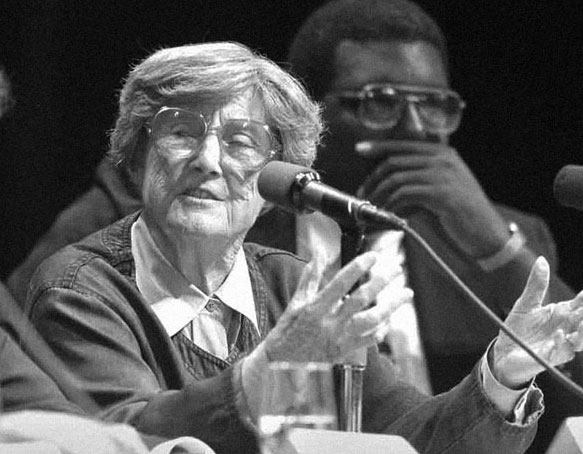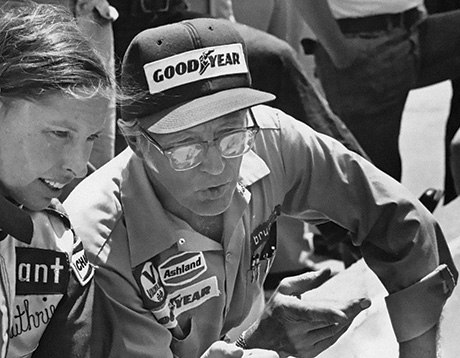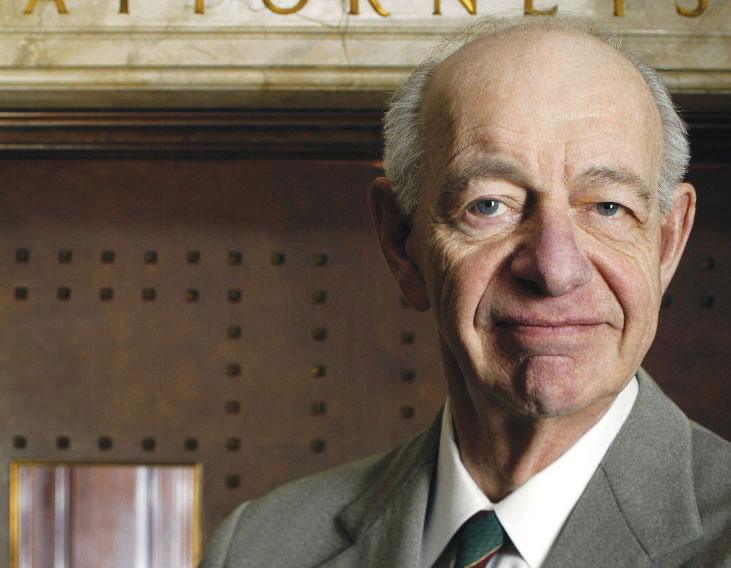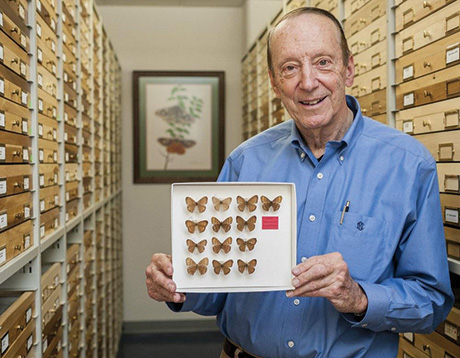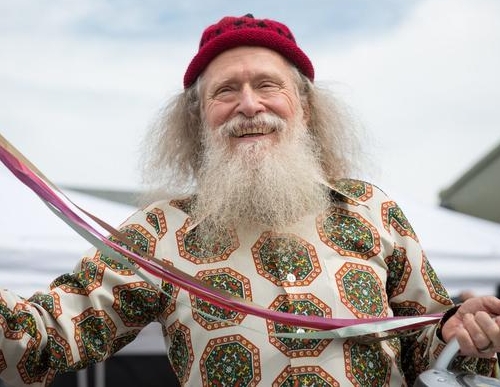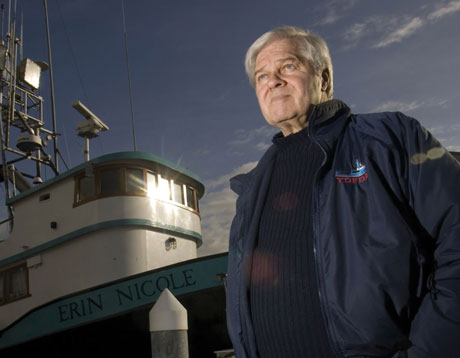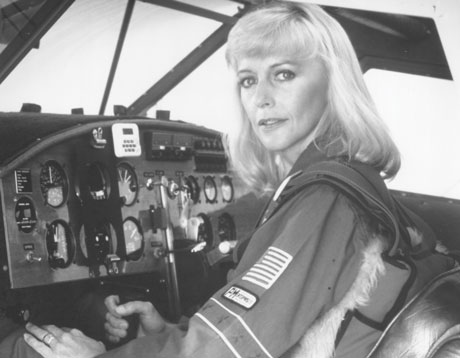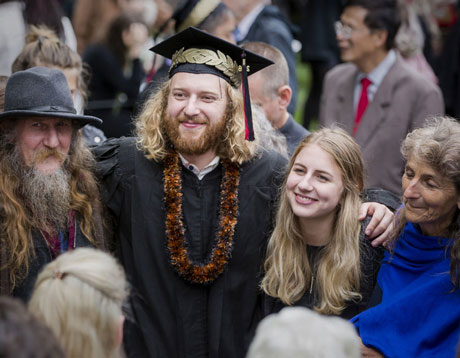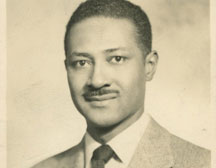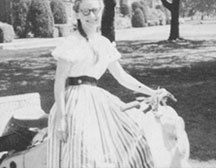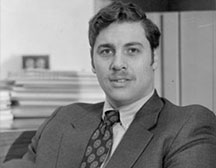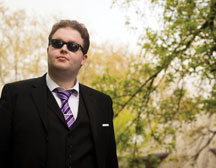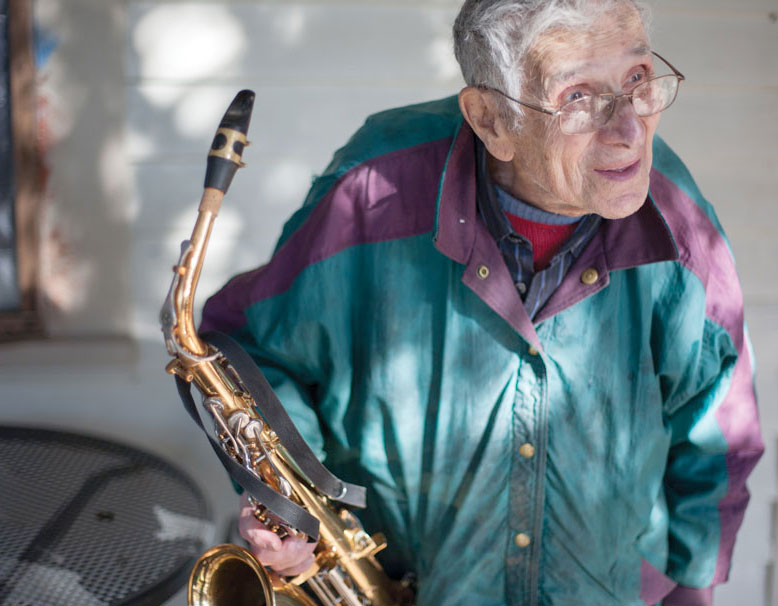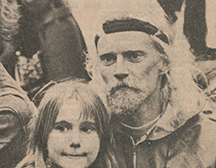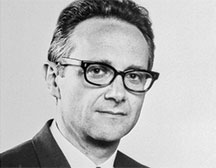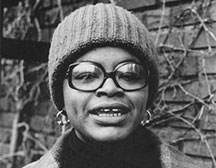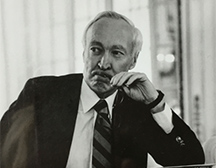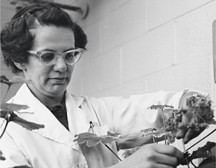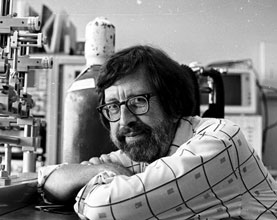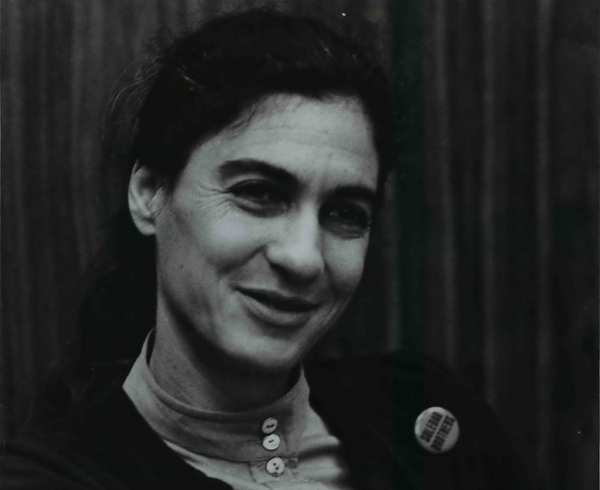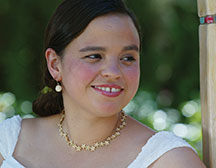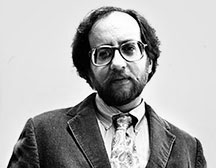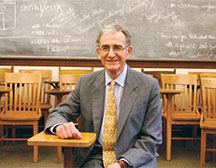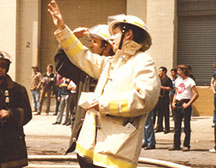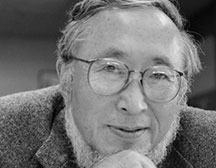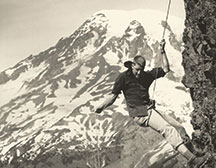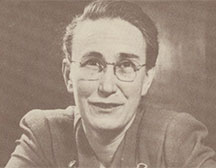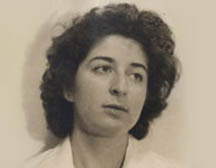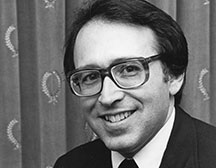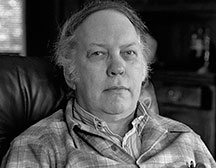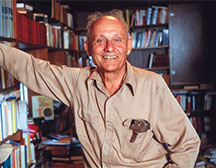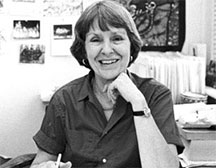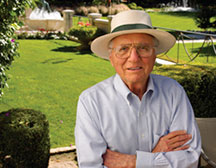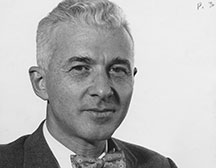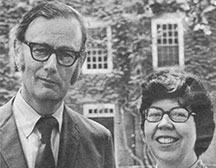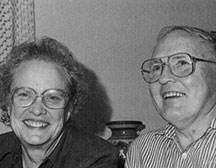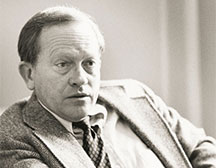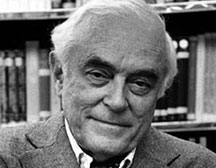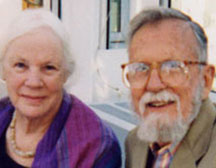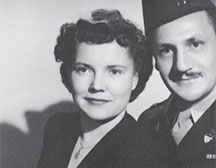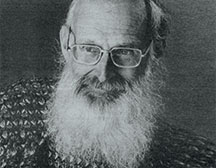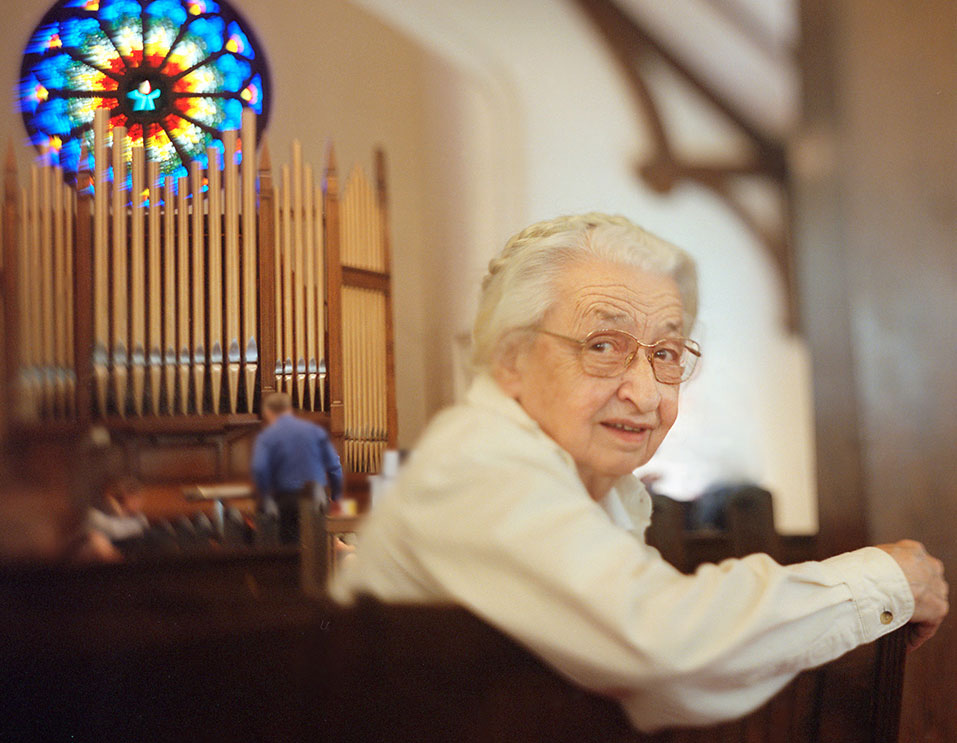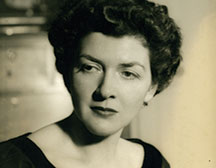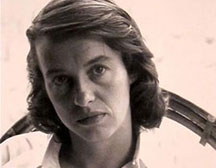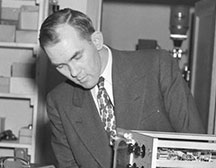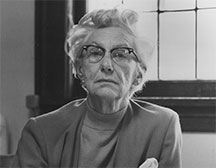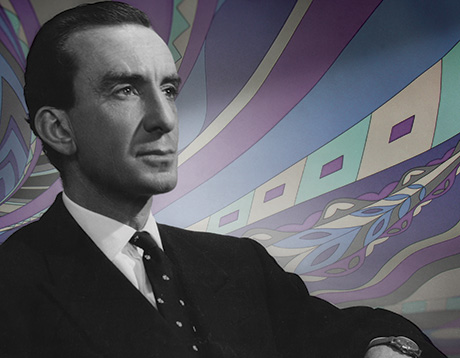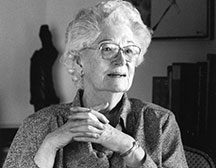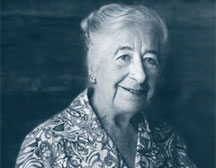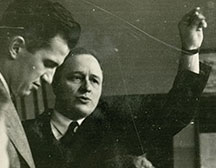Rocket scientist and sailboat designer
Bernard Smith ’48
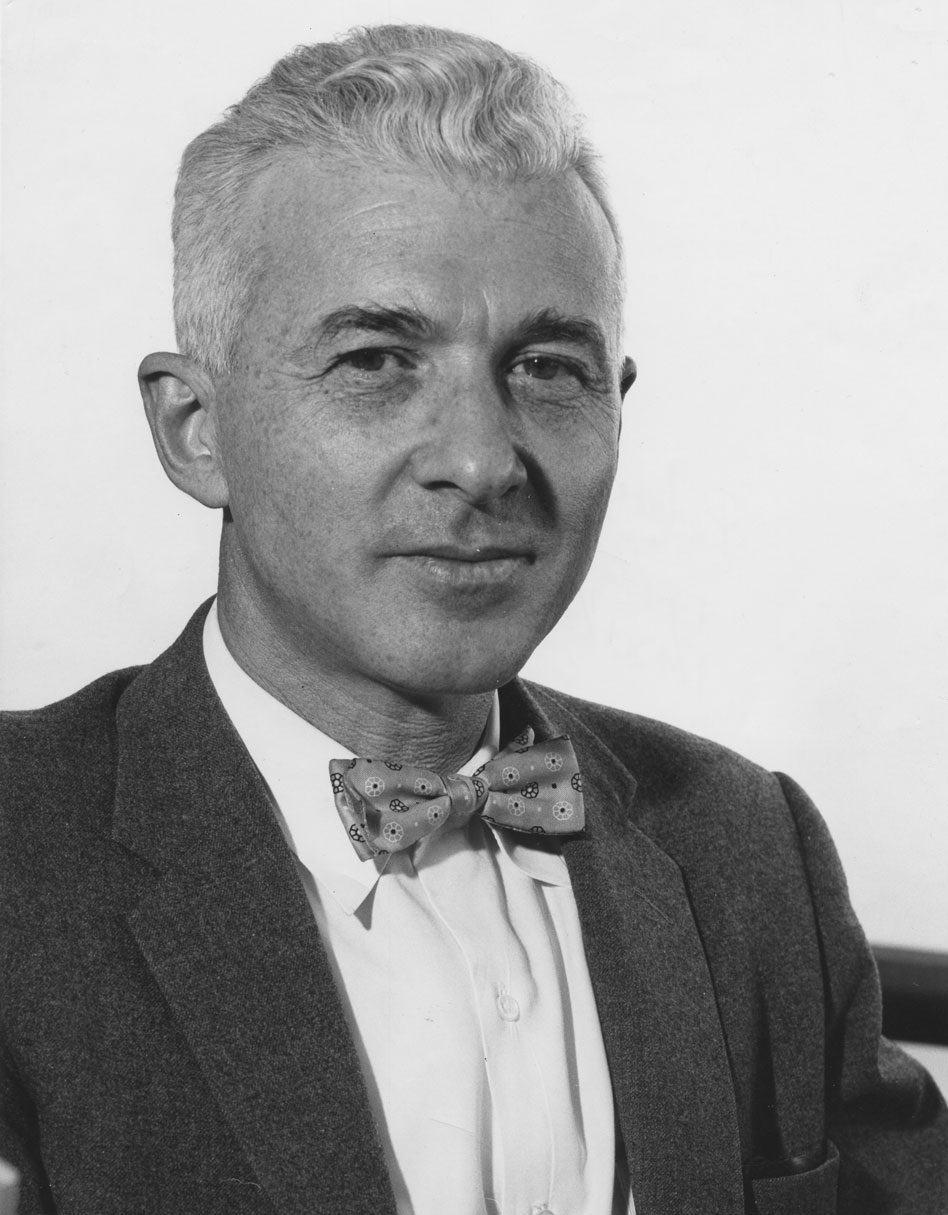
Courtesy of Special Collections, Reed College.
Rocket scientist, weaponry expert, and sailboat designer Bernard Smith ’48 died on February 12, 2010, in Boca Raton, Florida, from liver cancer.
The son of poor Russian immigrants, Barney grew up on the Lower East Side of New York City, leaving public schools at 14 in order to support his family. He was a remarkable genius, whose creativity was fueled in childhood by a voracious reading habit and a fearless nature; by outings in nature and visits to the public library and museums; and by attending free evening lectures at Cooper Union and Columbia University. “If poverty and ignorance aren't enough to motivate the disadvantaged, what stronger motivation can be found?” he stated in his autobiography, Looking Ahead from Way Back.
He worked as bellhop, shipping clerk, delivery boy, and caddie. He learned the work of a tinsmith, blacksmith, and locksmith from his father, who used a basement furnace as his forge. On the Shrewsbury River in New Jersey, Barney launched a sailboat he designed and built. (His inventive passion never waned; throughout his life he worked on designs for high-speed sailboats, super-efficient woodstoves, and even a quadricycle.) In 1932, he was swept up with the discovery of rocket science, and became the first American to publicly fire a liquid-fuel rocket.
In 1935, he moved to California and worked as a welder for the Fruehauf Trailer Company. Tired of subsistence jobs, and with a wife, Sylvia, and a daughter, Susan Smith ’64, to support, he recognized the need for a formal education. He was 34 when he arrived at Reed—the only school that would accept his application. Prof. A.A. Knowlton [physics 1914-48] reviewed the results of Barney's 18-hour entrance examinations, approved his admission, and served as his adviser. “Learning for me involved considerable unlearning,” Barney wrote. With Knowlton's nudging, Barney designed and built a spectrograph for the physics department using a grating from a storage cabinet. Knowlton also helped him get a job with the Naval Ordnance Test Station in China Lake, California. “I didn't want to develop weapons; I wanted to develop high-altitude scientific probes. But fate had already ordained that I would get to probes through weapons.”
At the test station, Barney worked on rockets, warheads, and anti-submarine weapons. He also served as chief science adviser for naval forces in Korea, chief engineer at the Bureau of Naval Weapons, and civilian scientific officer for the Office of Naval Research. In 1964, he became technical director for the Naval Weapons Laboratory in Dahlgren, Virginia, until his retirement in 1973. “By the time I faded away, hardly a combatant vessel in the Navy escaped being furnished with some equipment I invented, initiated, developed, or managed to deployment.” In recognition of his ingenuity and determination, the U.S. Navy established the Bernard Smith Award, given annually for scientific and technical achievements accomplished “by exceptional persistence and competence in the face of unusual odds or significant opposition.”
Despite a career in naval munitions, Barney implored human beings to find clever and more peaceful solutions to international conflict, rather than to pay the price of aggression. “We must make a greater effort to really identify what we are actually doing and decide whether or not we intend to continue before we plead with other nations to be like us, otherwise we waste our time and look foolish to boot. And this we cannot lay at the feet of our officials, but is the responsibility all of us must share.”
Barney's inventive mind never rested. In 1963, he published “The Forty-Knot Sailboat,” in which he set out a revolutionary design for a high-speed sailboat based on an aerohydrofoil, where the sail and the keel are separated from each other by an outrigger system. The book became an instant classic and had a major impact on speed-sailboat design. Almost 50 years later, in 2012, the Vestas Sailrocket, which was based on his ideas, smashed the world speed sailing record, clocking well over 75 miles per hour.
Barney was a widower in three of his marriages, and is survived by his widow, May, and his daughter, Susan.
Appeared in Reed magazine: September 2010
comments powered by Disqus
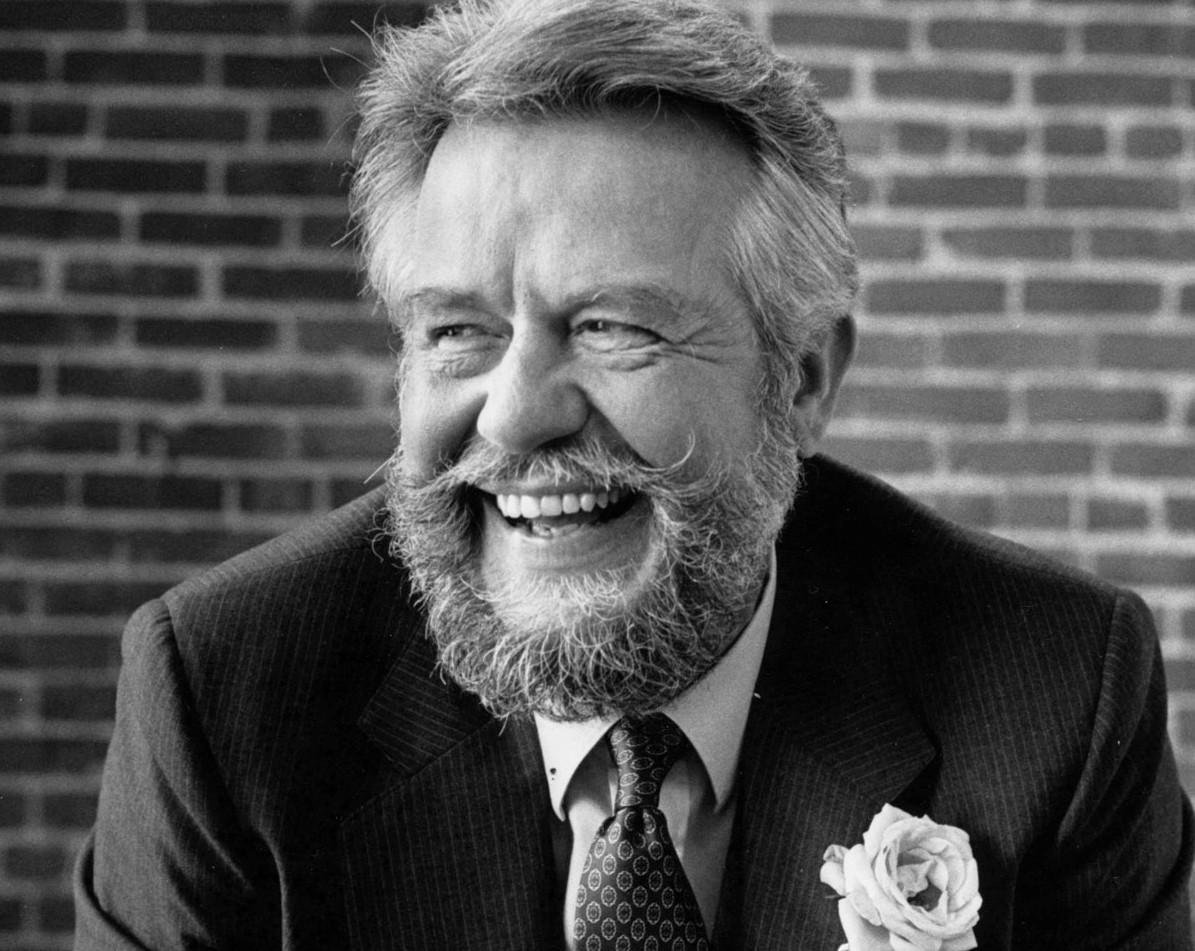
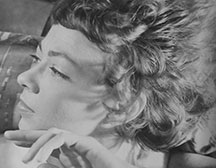
![Photo of Prof. Marvin Levich [philosophy 1953–94]](https://www.reed.edu/reed-magazine/in-memoriam/assets/images/2022/LTL-levich1.jpg)
![Photo of President Paul E. Bragdon [1971–88]](https://www.reed.edu/reed-magazine/in-memoriam/assets/images/2020/Bragdon.jpg)
![Photo of Prof. Edward Barton Segel [history 1973–2011]](https://www.reed.edu/reed-magazine/in-memoriam/assets/images/2020/Segel.jpg)
